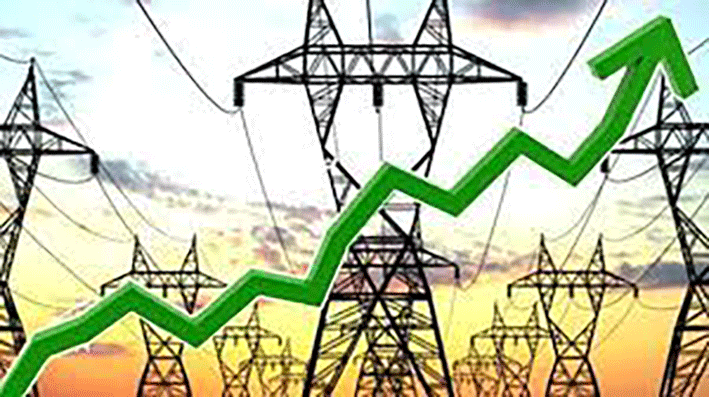Lahore, the heart of Pakistan, has recently witnessed a surge in electricity prices, causing concern and frustration among residents and businesses alike. The electricity price hike, attributed to various economic and systemic factors, has sparked debates on its impact on the daily lives of citizens and the overall economy. This article aims to shed light on the reasons behind the increase in electricity prices in LESCO (Lahore Electric Supply Company), the consequences for consumers, and potential solutions to address this issue.

Reasons Behind the Price Hike:
- Energy Shortages: One of the primary factors contributing to the electricity price hike in Lahore is the persistent energy shortage in Pakistan. The demand for electricity often exceeds the supply, leading to an increased reliance on expensive alternative sources of energy, such as diesel generators. The higher costs associated with these alternative sources are transferred to consumers through increased electricity prices.
- Circular Debt Crisis: Pakistan’s energy sector has been grappling with a circular debt crisis, where the government-owned power distribution companies face difficulties in recovering dues from consumers. This financial strain forces the government to borrow from banks, creating a vicious cycle of debt. As a result, electricity tariffs are periodically adjusted to cover the widening gap between revenue and expenses.
- Global Energy Prices: The global energy market’s fluctuations have a direct impact on electricity prices in Pakistan. Imported fuel, such as oil and natural gas, used for power generation, becomes more expensive when global prices rise. As a net importer of energy, Pakistan is vulnerable to international market dynamics, influencing the cost of electricity production domestically.
Impact on Consumers:
- Financial Burden on Households: The increase in electricity prices directly affects households, leading to higher utility bills. For many families in Lahore, already grappling with economic challenges, the rise in electricity costs puts an additional financial burden, limiting their disposable income for other essential needs.
- Business Challenges: The business sector in Lahore, ranging from small enterprises to large industries, experiences a ripple effect from the electricity price hike. Higher operational costs due to increased energy expenses can lead to reduced profitability, job cuts, and, in some cases, business closures. This poses a threat to economic growth and job creation in the region.
- Social Ramifications: The social implications of the electricity price hike extend beyond economic concerns. Access to affordable and reliable electricity is crucial for education, healthcare, and overall well-being. The price hike may hinder progress in these areas, potentially exacerbating existing social challenges.
Potential Solutions:
- Investment in Renewable Energy: Pakistan has significant untapped potential for renewable energy, particularly solar and wind power. Investing in these sustainable alternatives can reduce dependence on expensive imported fuels and contribute to a more stable and affordable energy supply.
- Structural Reforms: Implementing structural reforms in the energy sector is essential to address issues such as circular debt and inefficient governance. Improved financial management and transparency can help create a more sustainable and resilient energy system.
- Public Awareness and Conservation: Raising public awareness about energy conservation can play a role in reducing overall demand. Simple measures such as using energy-efficient appliances, turning off lights when not in use, and adopting other energy-saving practices can contribute to a more sustainable energy future.